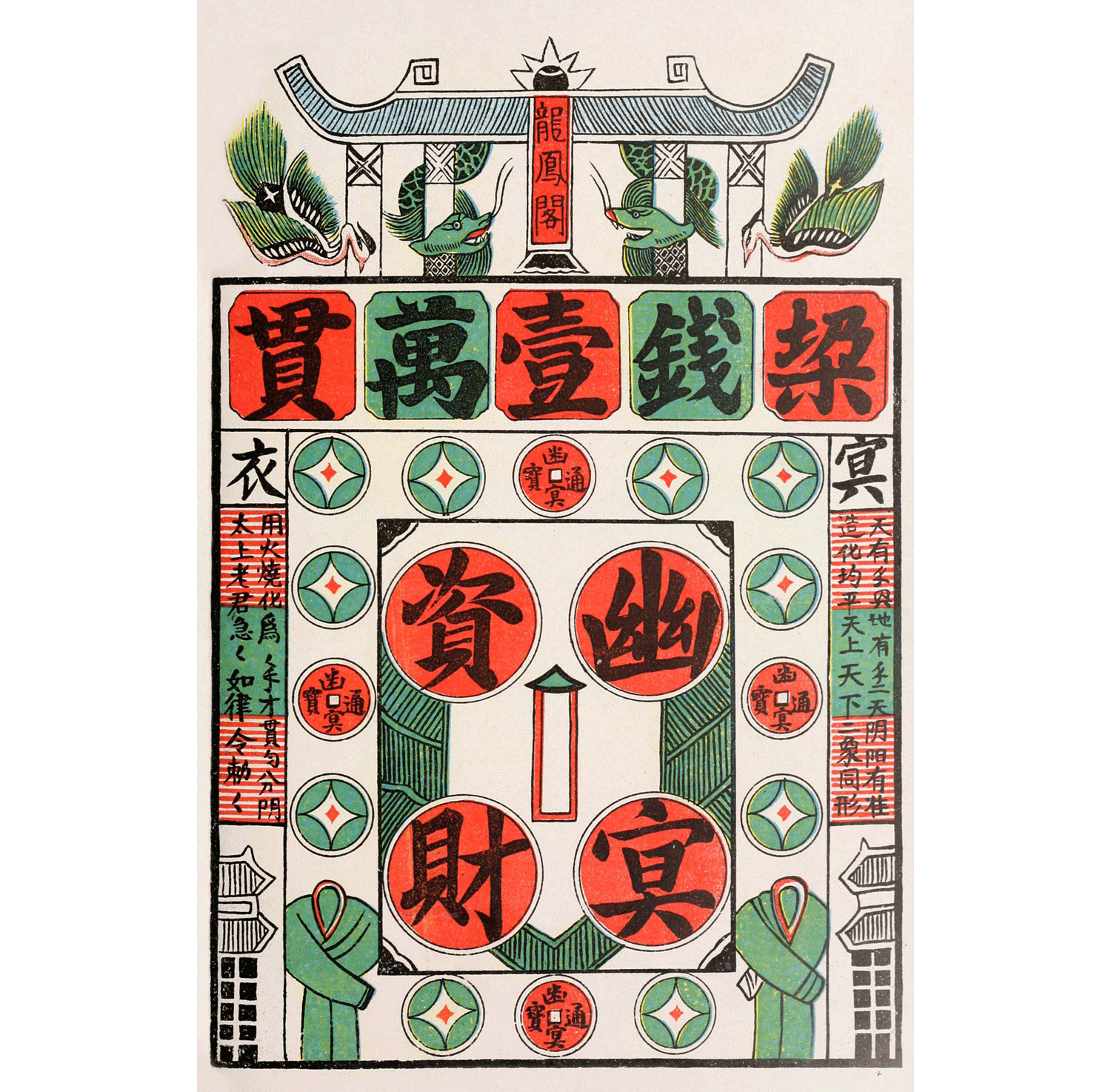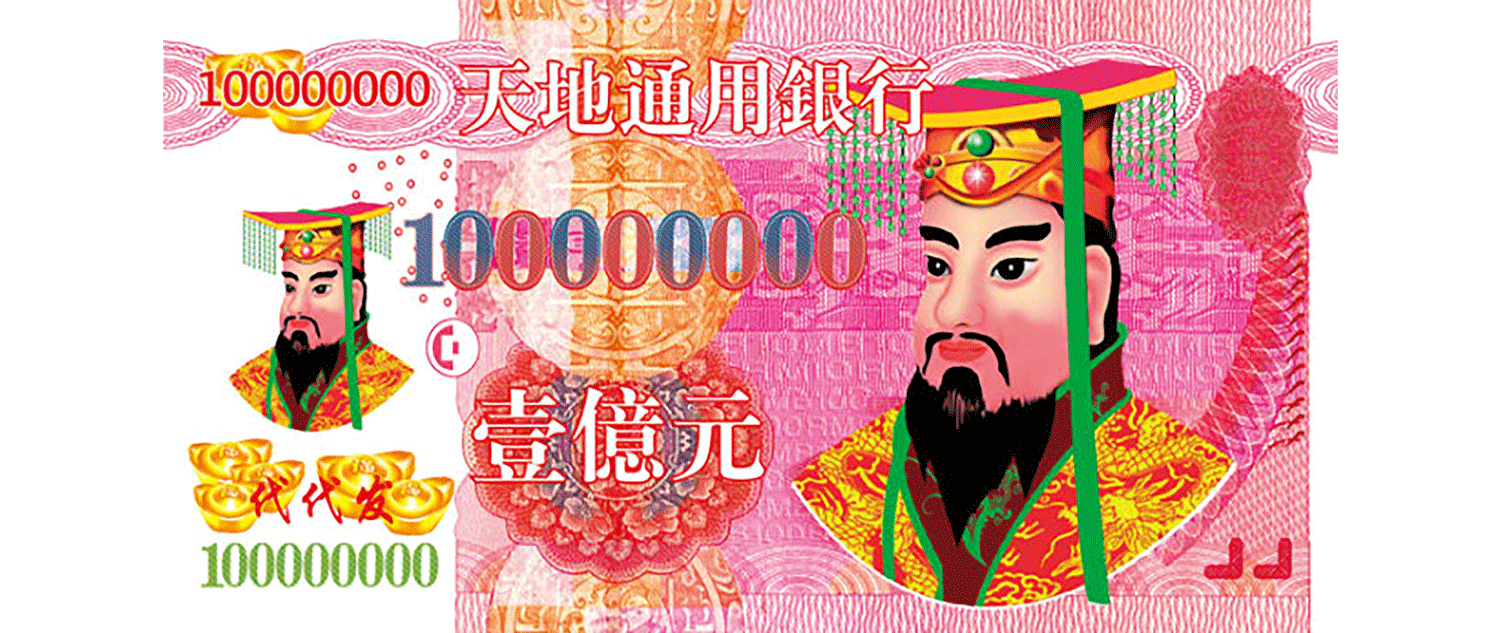
Heaven’s ATM: How Chinese People Have Been Sending Money to the Afterlife For Centuries
Qingming Festival, also known as Tomb Sweeping Day, is a Chinese festival that has been observed for centuries to remember and honor the deceased. One of the festival’s rituals is to burn joss paper, otherwise known as ancestor money or ghost money, as offerings to wish the deceased a good life in the afterworld.
Qingming Festival is observed on the 108th day after the winter solstice, and usually falls in spring and around April 5 in the Gregorian calendar. On this day, Chinese people visit the tombs of relatives and their family members and ancestors. To pay tribute to them, families clean and maintain the gravesites, giving rise to the festival’s name. Besides burning joss paper, they may also burn a bamboo ceremonial container filled with ingots made of gold and silver foil and colorful paper clothes for their ancestors. Alcohol, fruits, rice, and sweet green rice balls are often placed in front of the graves as offerings. Those visiting the graves would eat the food afterwards, sing and dance in front of the graves, then return home at dusk.
While most of the rituals for Qingming Festival have been simplified today, burning joss paper is still an integral part of the tradition. But as most cemeteries are located in rural areas deep in the mountains and forests, burning joss paper is often prohibited due to fire safety concerns.

Because of this, it is common to see people burning joss paper people in urban areas, the flicker of flames juxtaposed against shining neon lights to keep the tradition alive. The ceremony often takes place at intersections, as people believe that crossroads lead to all directions, and thus the ghost money can find its way to the deceased. Gao Zhu (1170-1241 AD), a poet in the Song dynasty, described the scene of Qingming in a poem, in which he wrote that “paper ashes fly as white butterflies.”
Archeologists suggest that before paper-making technology became common, people used real money and silver as funeral offerings, or pottery, lead, wood, silks and other materials in place of precious metals, hoping the deceased would still be able to live comfortably in the underworld. It was not until the Wei and Jin dynasties (220-589 AD) that paper money appeared, and the burning of joss paper became the tradition instead. The practice symbolizes the transfer of money from the mortal world to the afterlife. People believe that when the money is “deposited” in the underworld, the deceased could spend it on anything they would need, such as bribing underworld officials to avoid punishment. It goes to show that people’s conception of the underworld is influenced by the experiences they have in the mortal world.

The design of ghost money also keeps changing so as to keep up with the times and resemble the real money used in a particular era. The oldest ghost money that has been unearthed dates back to the Northern dynasties (386-581 AD). Found in the city of Turpan in China’s northwestern Xinjiang Uyghur Autonomous Region, it resembled silver ingots and was cut out from paper inscribed with words. Ghost money from the Tang dynasty, excavated from the Mogao Grottoes in Dunhuang, Gansu province, in the late 20th century, had a round shape with a square hole in the middle to imitate a copper coin.
After woodblock printing technology was popularized in the Song dynasty, merchants started to use paper money known as jiaozi, which was subsequently developed into yin piao, or notes to be used as silver. Ghost money then took on a new form, using the format of woodblock printing to resemble the paper money at that time. There are other types of ghost money, made from folding gold and silver foil into the shape of ingots, or printed with the pattern of copper coins onto yellow paper.


In rural China, these forms of ghost money are still in use today as people continue to wish their deceased loved ones a good life that is free from hunger and cold in an underworld with sky-high inflation. With the help of modern print technology, the currency for the underworld becomes more intricate. Imitating today’s banknotes, the effigy of the Jade Emperor is printed on a 100 billion yuan note issued by the “Bank of Heaven,” while some of the notes even resemble US currency that can be worth at least 10,000 dollars.



Translator: Ding Yining; editor: Elise Mak.
(In-text images: All the images are from the public domain, collected and provided by Sheng Wenqiang, unless otherwise noted.)
(Header image: Ghost money on sale in Jilin, Jilin province, 2022. IC)














